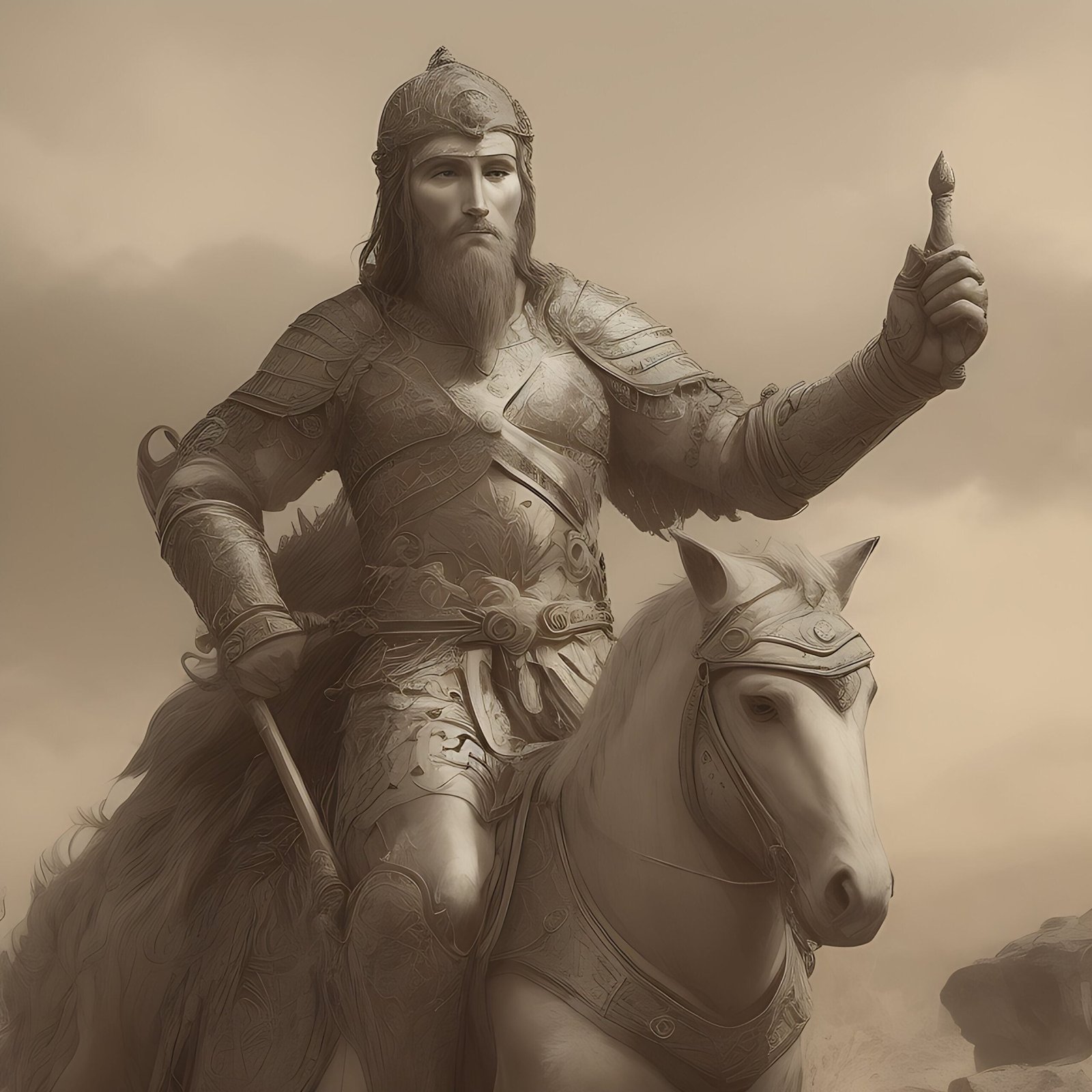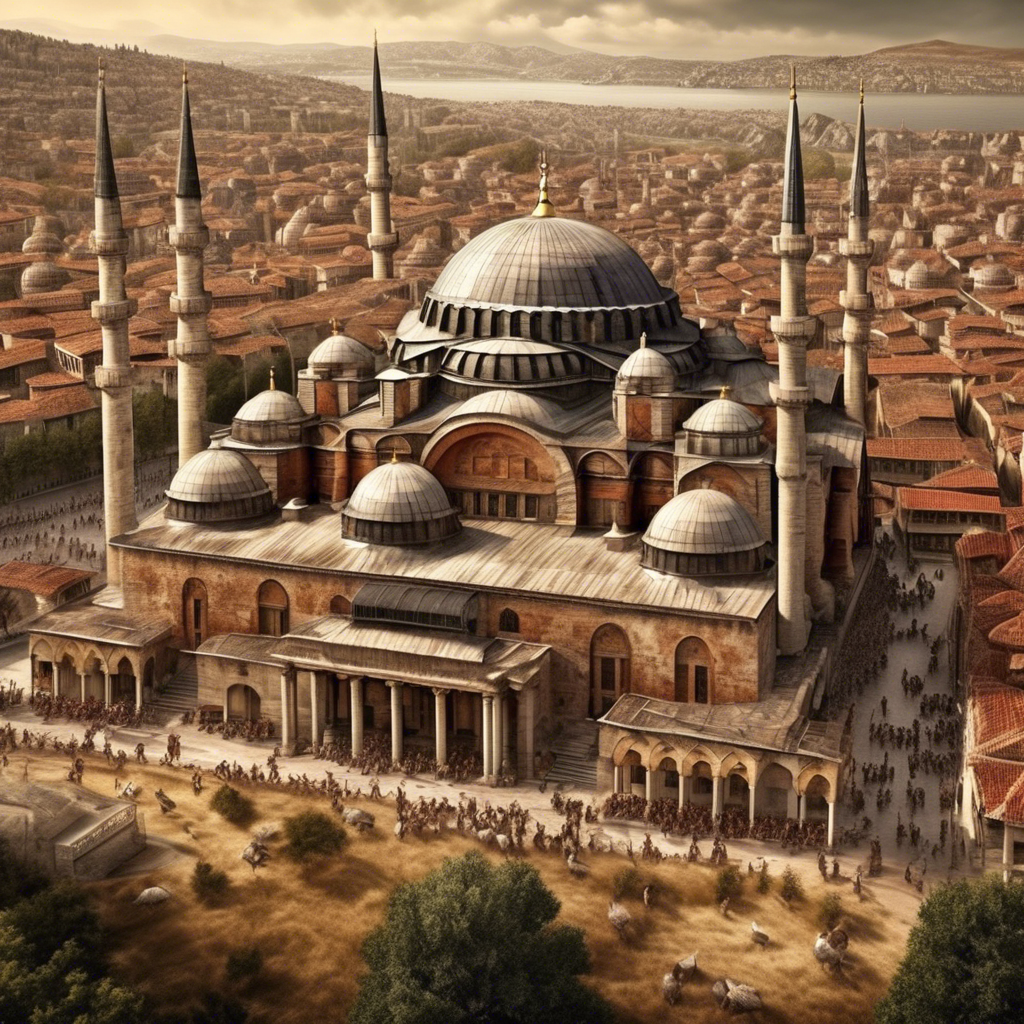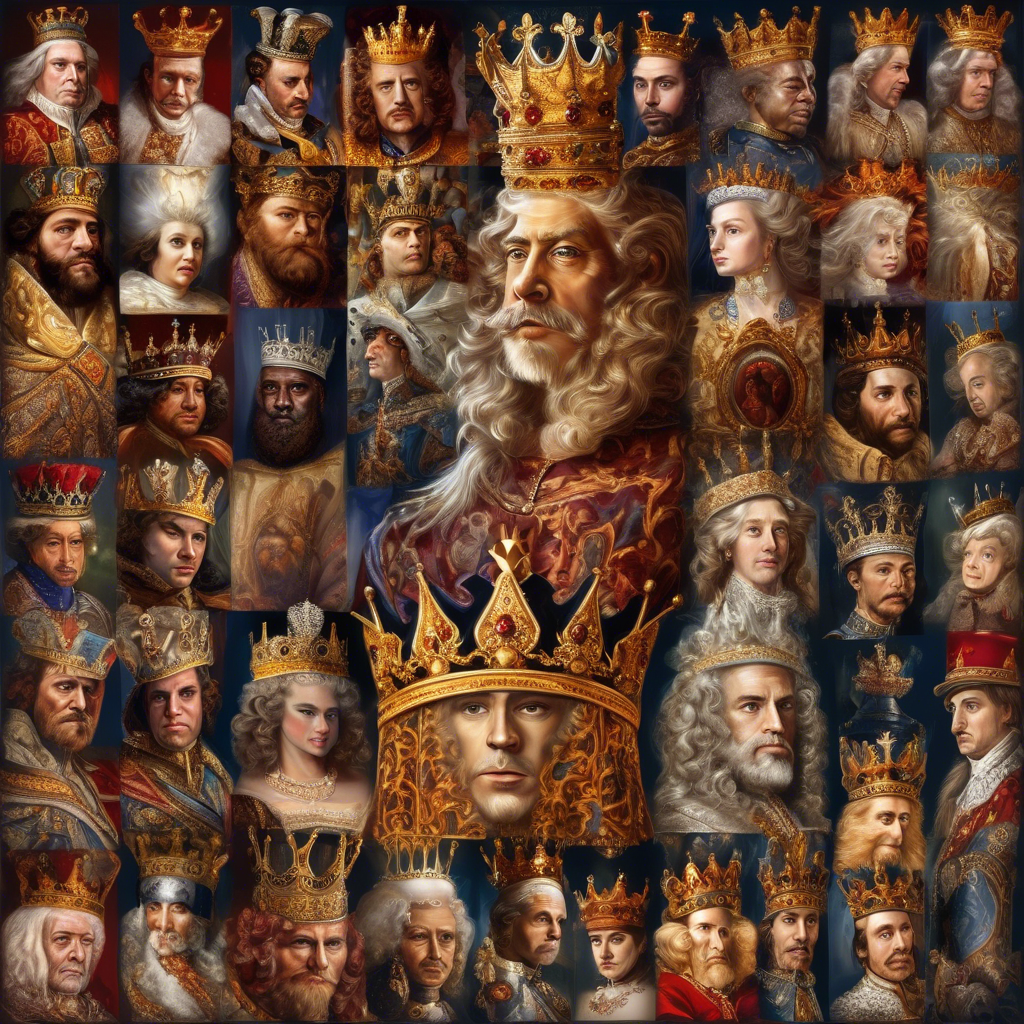
1. Introduction
The Parthian Empire, also known as the Arsacid Empire, emerged as a dominant force in the ancient world, spanning from 247 BC to 224 AD. Its strategic location in present-day Iran and Iraq made it a significant player in the geopolitics of the time. Studying the history of the Parthian Empire provides valuable insights into the dynamics of ancient empires, their rise to power, governance structures, military tactics, cultural influences, and eventual decline. This project aims to explore the multifaceted aspects of the Parthian Empire and its enduring legacy in history.
2. Origins of the Parthian Empire
The Arsacid dynasty, a noble family of Iranian descent, laid the foundation for the Parthian Empire. Through diplomatic alliances and military conquests, the Parthians expanded their influence and established a formidable empire. Key events, such as the overthrow of the Seleucid Empire and the capture of Babylon, marked the rise of the Empire as a regional power.
3. Political Structure and Administration
The political structure of the Empire was characterized by a decentralized system of governance. Administrative divisions were established to manage the vast territories under Parthian control, with appointed governors overseeing regional affairs. Monarchs and nobility played essential roles in maintaining stability and managing the diverse regions within the empire.
4. Military Power and Expansion
The Parthian military was renowned for its skilled cavalry units and innovative tactics, notably the “Parthian shot,” a tactic involving a feigned retreat followed by a sudden attack. Military conquests, such as the annexation of Mesopotamia and parts of Central Asia, expanded the empire’s borders. Notable battles, including the conflicts with the Roman Republic and the Seleucid Empire, demonstrated the military prowess of the Parthian army.
5. Cultural and Social Life
The Parthian Empire was a melting pot of cultures, influenced by Persian, Hellenistic, and local traditions. Religion, particularly Zoroastrianism and indigenous beliefs, played a significant role in shaping Parthian society. The art and architecture of the Parthians reflected a blend of Eastern and Western styles, while the social structure was hierarchical, with a ruling elite overseeing political and economic affairs.
6. Economic Prosperity and Trade
The economic prosperity of the Parthian Empire was fueled by a flourishing trade network that connected the East and West. Trade routes, such as the Silk Road, facilitated the exchange of goods, ideas, and cultural influences. Urban centers like Ctesiphon and Seleucia served as hubs of commerce, contributing to the empire’s wealth and influence.
7. Decline and Fall of the Parthian Empire
Internal power struggles, succession crises, and external invasions weakened the stability of the Parthian Empire. Rivalry among noble factions, invasions by the Sassanids, and pressure from nomadic tribes contributed to the empire’s decline. Economic challenges and administrative inefficiencies further hastened the collapse of the empire in 224 AD.
8. Legacy of the Parthian Empire
The Empire’s legacy endured in the succeeding civilizations of the region, influencing art, architecture, and political structures. The cultural and historical significance of the empire is evident in archaeological discoveries and scholarly research. Studying the history of the Parthian Empire provides valuable insights into ancient empires and their impact on modern-day societies.
9. Conclusion
The journey of the Parthian Empire from inception to decline offers a window into the complexities of ancient civilizations and the forces that shape their rise and fall. Exploring the diverse aspects of the Parthian Empire sheds light on the interconnectedness of cultures, economies, and political systems in the ancient world. Further research and exploration are encouraged to deepen our understanding of this fascinating chapter in history.
10. References
– Brosius, M. (2006). The Persians: An Introduction. Routledge.
– Curtis, V. S., & Tallis, N. (2005). Forgotten Empire: The World of Ancient Persia. University of California Press.
– Mayor, A. (2010). The Poison King: The Life and Legend of Mithradates, Rome’s Deadliest Enemy. Princeton University Press.




Leave a Reply